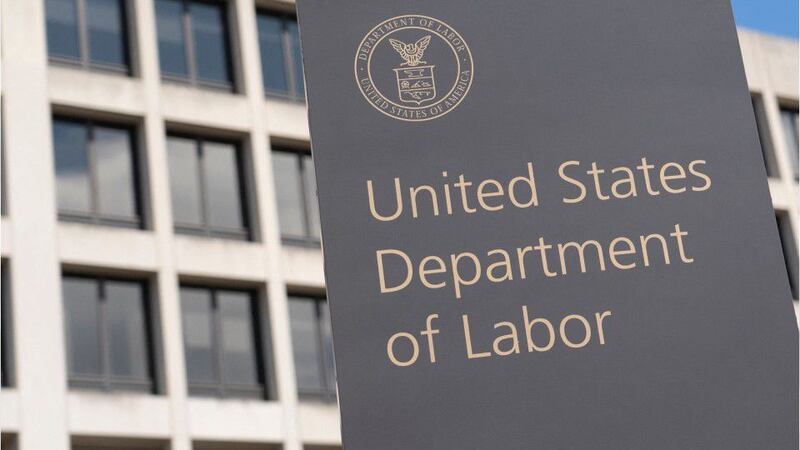American job seekers struggling to find work are not imagining their hardships, according to the latest U.S. Department of Labor data.
With 10.1 million jobs available nationwide at the end of June, openings now exceed the number of unemployed Americans seeking work, signaling what The Wall Street Journal called an “unusually tight labor market.”
A seeming disconnect, however, between the jobs available and job seekers’ skill sets means employers are scrambling to adjust hiring criteria and boost perks in order to attract and retain the most well-suited candidates. That shift means available, qualified candidates are now competing against a broader applicant pool, diminishing their chances of landing the available positions.
Meanwhile, the Labor Department’s Friday jobs report indicated there were 8.7 million Americans looking for work, meaning there were more open jobs than potential workers, CNBC reported.
There are more job openings than there are unemployed workers https://t.co/Emf16MjOrX pic.twitter.com/RH7EgyvW7Q
— Sam Ro 📈 (@SamRo) August 9, 2021
“Labor demand keeps getting stronger. This is the third straight month of record-breaking job openings,” Nick Bunker, director of research for Indeed Hiring Lab, said in a note obtained by the network.
“The quits rate is also close to its all-time high, which was set just two months ago in April. This wave of demand will eventually recede, but job seekers should ride it until then,” Bunker added.
June’s figures, which far exceeded economists’ projections of only 9.1 million openings, include more than 1.6 million available leisure and hospitality jobs, as well as 1.5 million health and social-assistance openings, CNBC reported.
The number of job openings in the US now exceeds the number of unemployed by over 500k. pic.twitter.com/UDLJkmwxU0
— Charlie Bilello (@charliebilello) August 6, 2021
According to the Journal, the June increase was driven by eased coronavirus restrictions that encouraged more consumers to dine out and travel, thereby, creating a surge in openings across professional and business services, retail, and accommodation and food services.
“We have fewer people in the labor market now than we did before COVID-19,” Julia Pollak, a labor economist at job-search site ZipRecruiter, told the Journal.
Meanwhile, multiple waves of federal economic stimulus payments and benefits means “businesses have surged back far more quickly than job seekers,” she added.
In turn, Pollak said young worker appear to be the most well-positioned demographic for the current hiring conditions because some employers, in response to the tight labor market, have raised wages, unveiled hiring and retention bonuses and reduced minimum requirements for new hires, the Journal reported.
More coronavirus pandemic coverage:
>> Coronavirus: How long between exposure to the virus and the start of symptoms?
>> How to not let coronavirus pandemic fatigue set in, battle back if it does
©2021 Cox Media Group







